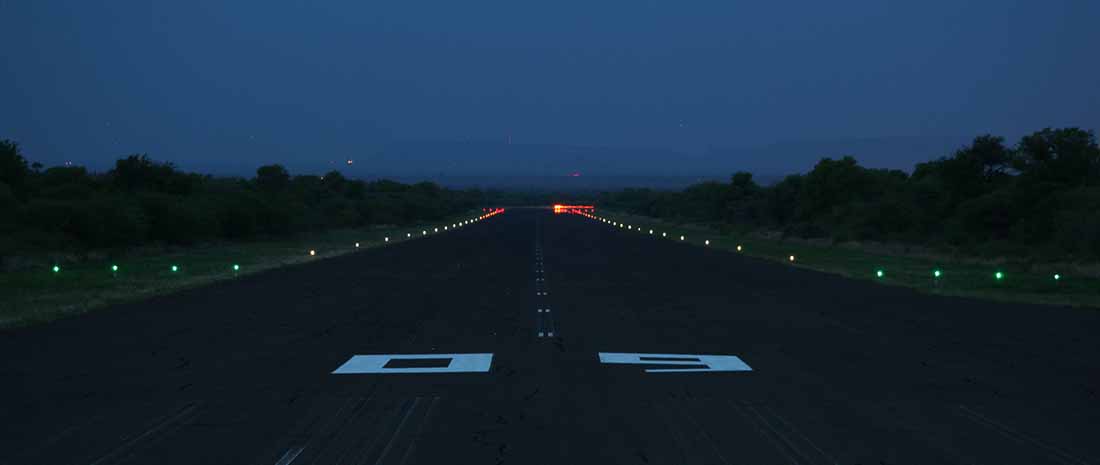News Ghana Interview at Africa Airport Expansion Summit
Originally published in News Ghana on February 18, 2016
“It is possible to have airfield lighting at every airport; all your domestic airports, regional airports and international airports. This improves safety which is a major concern. It also improves access to global markets so you can transport people and goods, increasing tourism as well as imports and exports.
There are many economic benefits of having extended operations at airports and allowing aircraft to land late at night and also during the day in poor weather,” he remarked.
Brigham described many of the domestic airports on the continent as not meeting international standards, with only the larger international airports being International Civil Aviation Organization (ICAO) and Federal Aviation Administration (FAA) compliant.
“There are certainly airports throughout Africa that are up to international standards. Many of your Category I, Category II and Category III airports have ICAO and FAA compliant runway lighting and can accommodate night landings.
It is mainly these larger airports that meet international standards, but the domestic airports throughout Africa, for the most part, are not up to international standards. Many airports throughout Africa don’t have any lighting; there are also many airports where you can see that the colors of the lights have faded and are no longer compliant and safe,” Brigham said.
The greatest challenge to airports on the continent, he observed, is unreliable access to electricity.
He stated, “If you have a plane coming to land and you have AC powered lights on the runway and the power goes off, that’s going to cause a big problem. The pilot is going to lose visibility of the runway and either have to come back for a second approach, divert to another airport, or try to land in the dark which can be very dangerous.”
He recommended solar-powered airfield lighting to African governments and operators of airports as a solution to the erratic power supply on the continent.
“I would absolutely recommend using solar-powered airfield lighting for runways instead of using electricity from the grid, which is not always reliable. With Flash Technology’s airfield lighting solutions, you can be sure that your equipment is tested to the most recent ICAO and FAA standards and that it will be reliable, no matter the state of your electrical grid,” he remarked.
Brigham explains to News Ghana the benefits of deploying solar-powered airfield lighting systems at airports on the continent saying solar-powered lighting does not require grid electricity or even generators; the lights continue to turn on as long as the sun is shining. The equipment is designed with excess battery power, so rainy days or cloudy days do not cause any problem.
“We have installed solar airfield lighting at many airports throughout Africa, including airports in South Africa, Djibouti, Chad, Equatorial Guinea, Eritrea, Uganda, Algeria and Zambia. Most recently, in 2015, we installed solar airfield lighting at 10 airports in Nigeria,” he stated.

